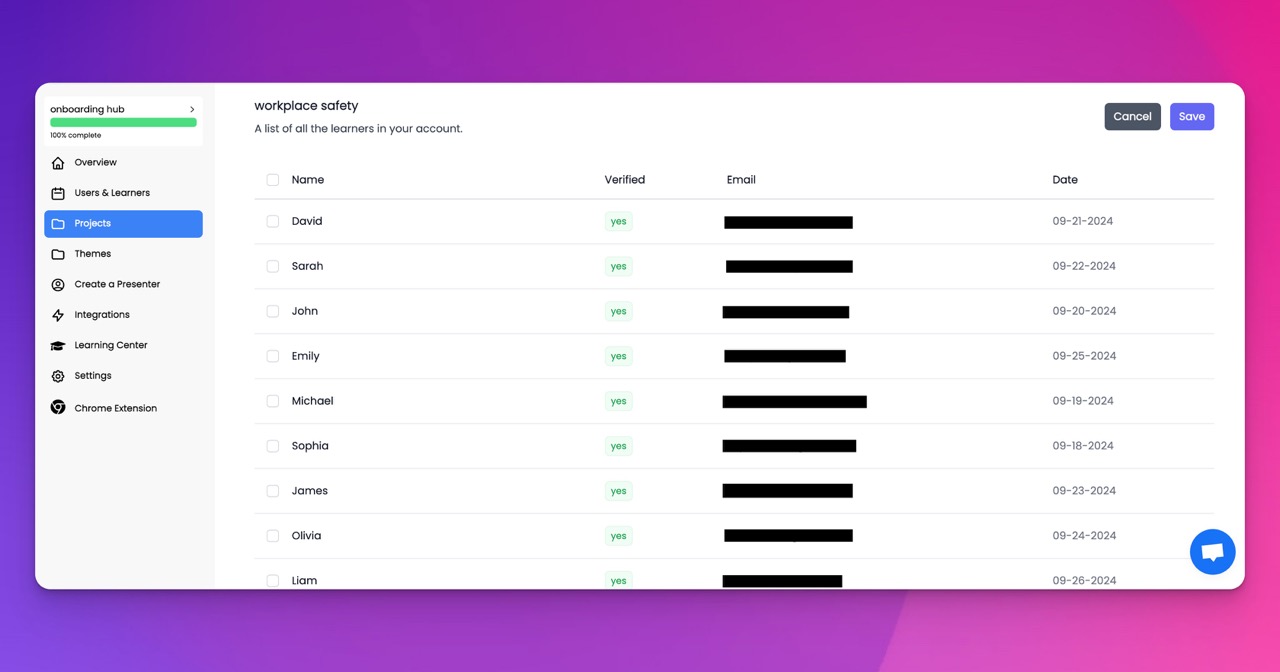🎉 Trainday now integrates with Zendesk and Hubspot 🎉 Trainday now integrates with Zendesk and Hubspot 🎉 Trainday now integrates with Zendesk and Hubspot
🎉 Trainday now integrates with Zendesk and Hubspot
🎉 Trainday now integrates with Zendesk and Hubspot
Contact
Primary & Secondary Schools
The Benefits of Including Real-Life Scenarios in Your Primary & Secondary Schools Explainer Videos
In recent years, explainer videos have become a popular tool for educators to engage students and enhance their learning experience. These short, animated videos are designed to simplify complex concepts and make learning more interactive and fun. But what if we told you that including real-life scenarios in your primary and secondary school explainer videos could take your students' understanding to the next level?
Real-life scenarios are a powerful tool for helping students connect theoretical concepts to their everyday lives. By incorporating real-world examples into your explainer videos, you can make abstract ideas more concrete and relatable, helping students see the relevance of what they are learning.
One of the key benefits of including real-life scenarios in your explainer videos is that it helps students see the practical applications of the concepts they are learning. For example, if you are teaching students about the scientific method, you could include a real-life scenario where a scientist uses the scientific method to solve a problem in their field. This not only helps students understand the steps of the scientific method but also shows them how it can be used in real-world situations.
Additionally, real-life scenarios can help students develop critical thinking skills and problem-solving abilities. By presenting students with a real-world problem and asking them to come up with a solution, you are challenging them to think creatively and apply their knowledge in a practical way. This can help students develop important skills that will benefit them in their academic and professional lives.
Furthermore, including real-life scenarios in your explainer videos can help make learning more engaging and memorable for students. When students see how a concept applies to their own lives or the world around them, they are more likely to remember it and understand it on a deeper level. This can lead to improved retention and a greater overall understanding of the material.
In conclusion, including real-life scenarios in your primary and secondary school explainer videos can have a multitude of benefits for both students and educators. By making concepts more relatable, practical, and engaging, you can help students develop a deeper understanding of the material and enhance their critical thinking skills. So why not give it a try in your next explainer video and see the positive impact it can have on your students' learning experience?
Accelerate Compliance.
Deliver OSHA-Ready Courses Instantly.
Empower your team with data-driven training solutions tailored to your industry's safety standards. Stay compliant, reduce risks, and boost productivity with AI-powered course creation.
